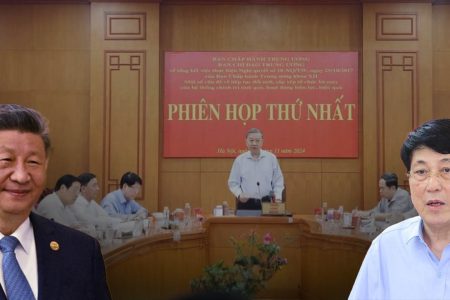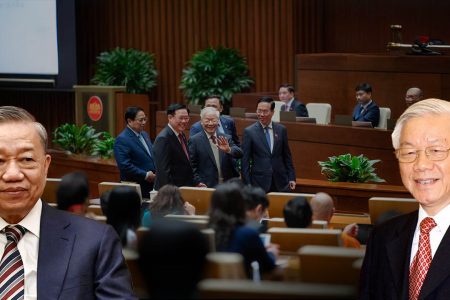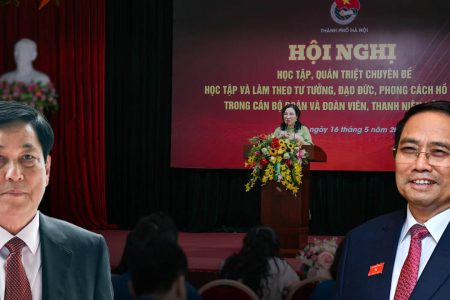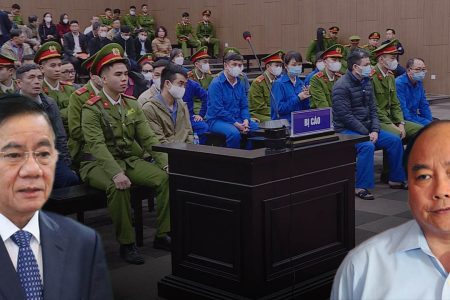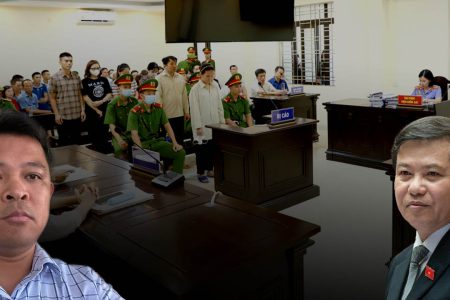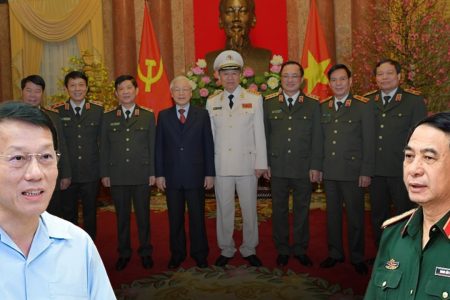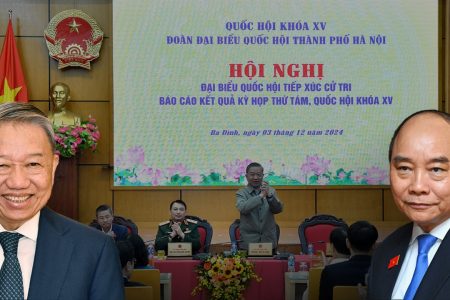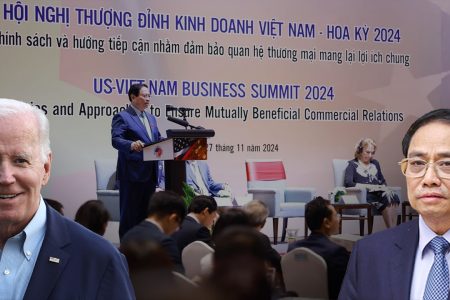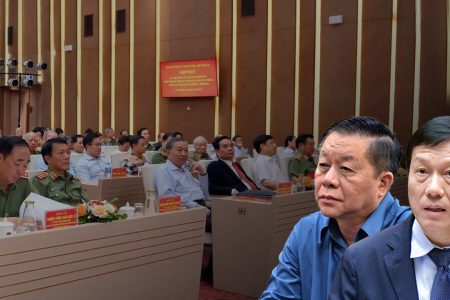There is always a question in Vietnamese public opinion: Why do many provinces and cities “like” to build ostentatious monuments and gates. Meanwhile, hospitals are always short of beds, requiring patients to share beds while equipment is not enough.
Why are there provinces that are on the list of having to “ask for rice to relieve hunger” for local people every year, but are still willing to invest tens to hundreds of billions of dong in building monuments?
VnExpress online on January 2, 2024 reported with the title, “Ca Mau builds a monument commemorating the train trip to the North.” The news said that Ca Mau province has just started construction of a cluster of monuments commemorating the “collection train to the North” in 1954, in Song Doc town, Tran Van Thoi district.
The project also includes additional items such as bridges, roads, embankments, parking lots, event areas, technical infrastructure systems… This project uses both the Central budget and the local budget as well as mobilized from other sources, with a total budget of VND176 billion ($7.3 million). The entire project is located on an area of 10.8 hectares and is expected to be completed in November 2024, on the occasion of the 70th anniversary of the train trip to the North in 1954.
It is worth mentioning that this project was spent with a budget of up to VND176 billion while for many years, Ca Mau province still lacks schools, lacks medical stations, and lacks bridges and roads for its poor rural areas.
Public opinion says that in the past 20 years, the situation of provinces and cities racing to build monuments is like an epidemic, a painful social problem.
According to experts, the massive need to build monuments in recent times has shown that this is completely unrelated to the cultural, artistic, aesthetic, or traditional needs of the people. The goal of these projects is just for local leaders to bring central budget capital to their localities, so that they can divide the money into their pockets.
When building a monument becomes a local political task, surely no one dares to stop it. At the same time, the project will be easily approved, with the approved budget being quite open. That is not to mention the adjustment and modification of the design, so the resulting estimate will be increased according to the agreement between the parties. This is a condition for local officials to freely get money.
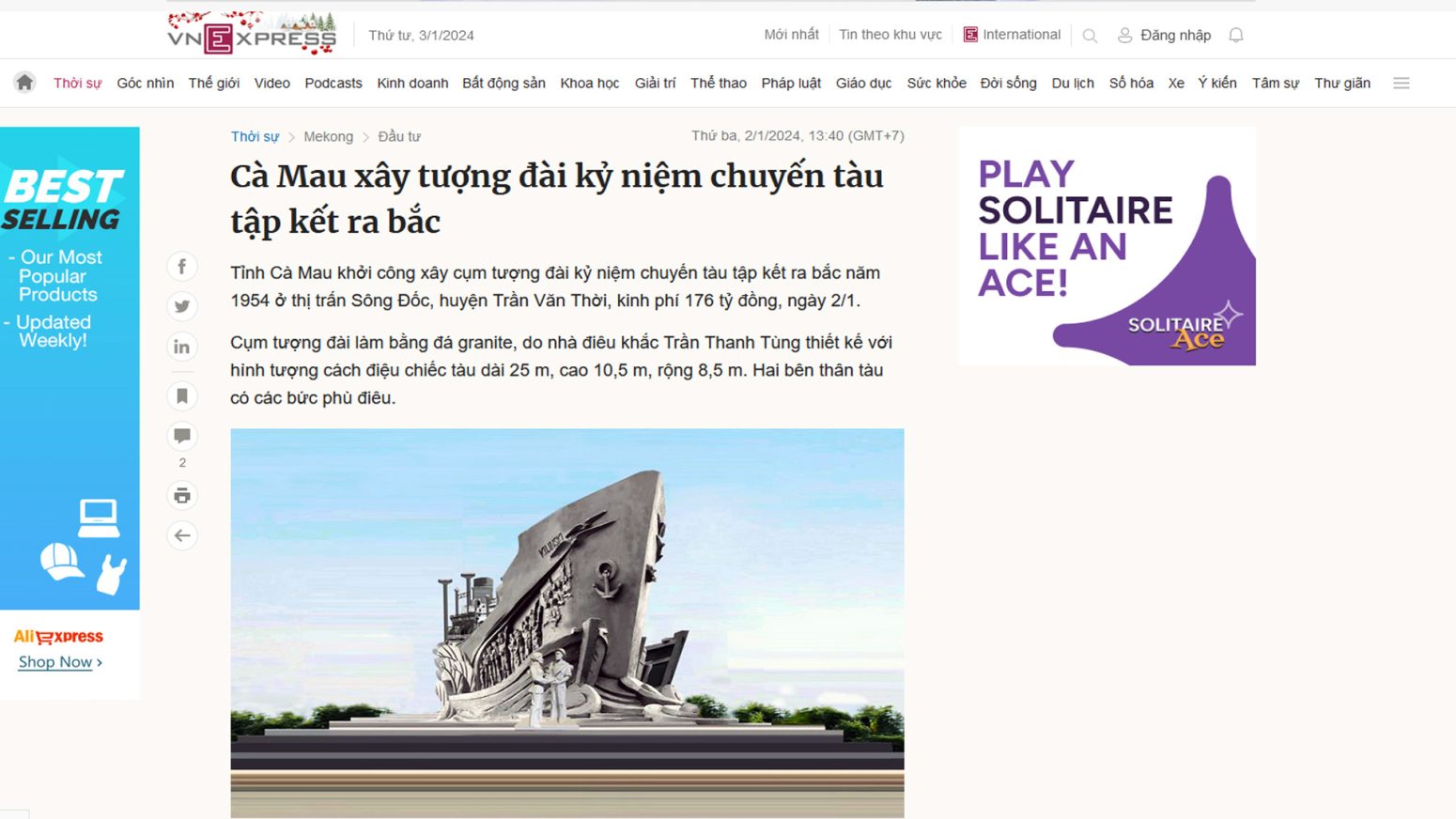
One alarming thing is the quality of the monuments. Most monuments, after being inaugurated, degrade very quickly. Due to careless construction, skimping on the quantity and quality of raw materials… after only a short time, the monuments quickly became abandoned and ruined. For example, the monument in Dong Trieu, Quang Ninh, worth VND25 billion, had its top broken by lightning because there was no lightning rod, 10 months after inauguration; The monument to Vietnamese Heroic Mother Nguyen Thi Thu, worth VND411 billion in Quang Nam, after just over a week of inauguration, the floor tiles in front of the monument fell off…
Although public opinion and state media have spoken out a lot about this problem. But it seems that the construction of the monument is very difficult to stop, because this source of profit is too “lucrative” for local officials.
The question now is, why doesn’t the state reduce projects to build monuments and welcome gates in localities across the country, saving that budget for social security issues, such as building more hospitals, schools, and welfare projects for the people? It is an urgent problem.
Some people in Vietnam that Thoibao.de reporters had the opportunity to contact said that cultural development is also necessary, but the budget should be spent on more practical issues, such as investing in infrastructure facilities, investing in hospitals, schools, or poverty alleviation… As for spending billions to build monuments, the people get nothing, while most people in Vietnam have not finished worrying about food so they don’t need to see the monument.
According to statistics, typically in Thanh Hoa province, monument construction projects have become a strategy to “enrich leaders.”
Specifically:
In August 2022, Thanh Hoa started construction of the monument “Memorial area for Southern compatriots, officers, soldiers and students gathering to the North” with a value of VND255 billion.
On February 21, 2023, Thanh Hoa started construction of a memorial park for “64 teachers and students who died while protecting the Ma River dyke in 1972” worth more than VND125 billion.
etc… and etc…
Dak Nong is a poor province in the Central Highlands, with the rate of poor households accounting for nearly 28%. Yet, this province just announced the inauguration of the monument to hero N’Trang Long, with a total investment cost of VND167 billion.
The policy of building a monument has a pure meaning to serve the propaganda work of the Communist Party of Vietnam. On the other hand, the officials were also given a fair amount of credit, and that motivated them to think of ways to build one monument after another.
Monument construction is very susceptible to corruption, the rate of fraud in monuments can be up to 60 – 70%, while normal construction projects only have kickbacks of about 30 – 40%.
That is the reason why local leaders in Vietnam are so “passionate” about building monuments and gates, ignoring the hungry people./.
Tra My – Thoibao.de



